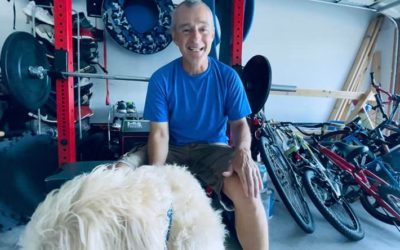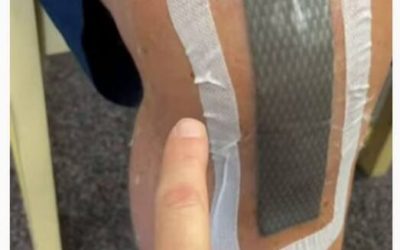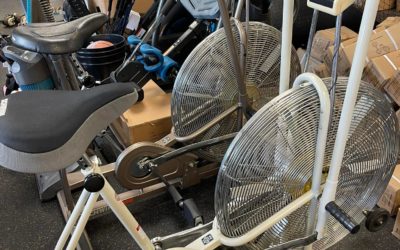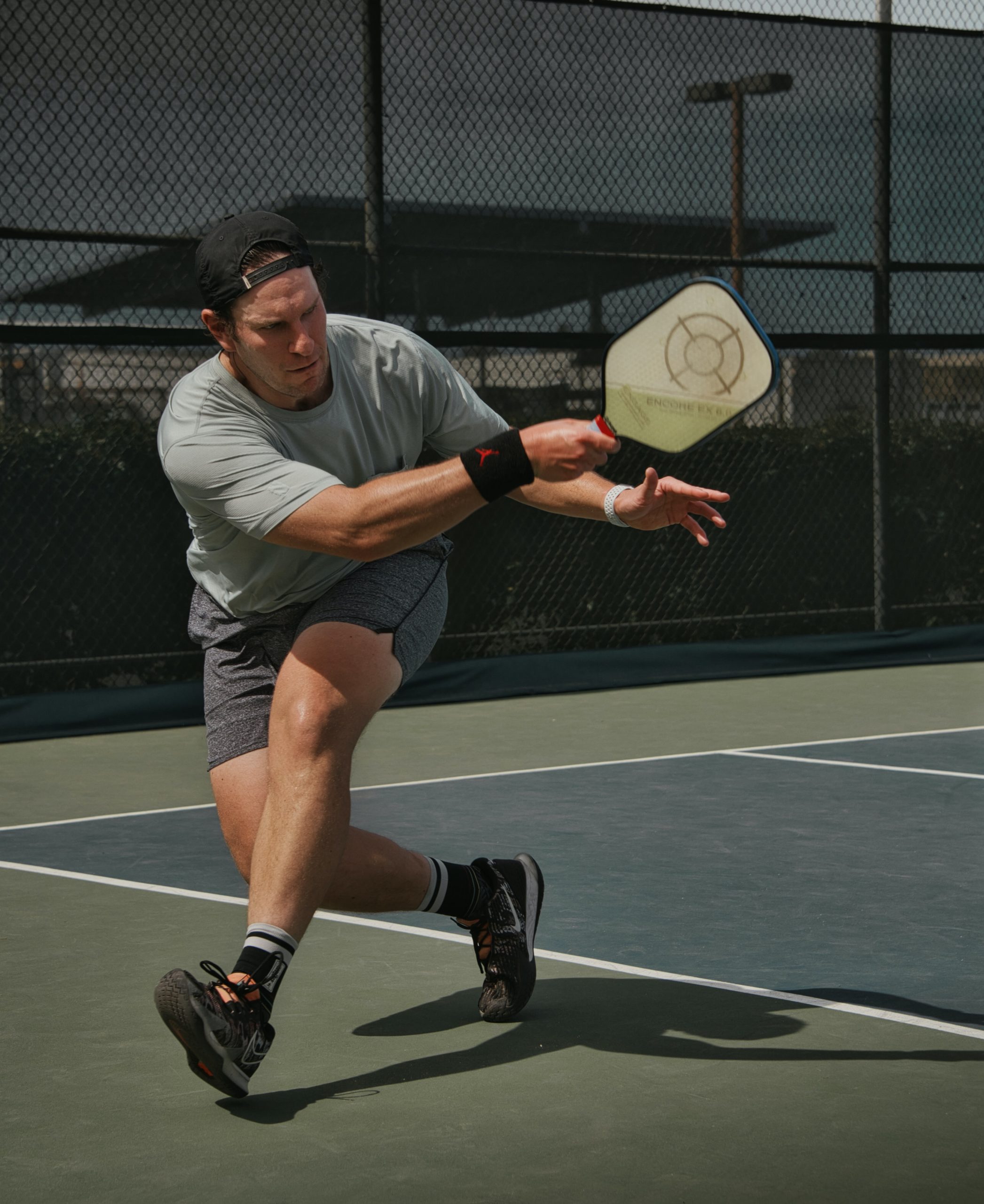How Painful Is A Total Knee Replacement
Patients have told me that a total knee replacement is more painful than a total hip replacement but less painful than a total shoulder replacement.
The pain is most intense during the first 48-72 hours after surgery. The pain improves steadily over the next 2-6 weeks.
Your surgeon and medical team should be notified if your pain is more intense than a 7 out of 10 on a pain scale with 10 being the highest intensity.
How Painful Is A Total Knee Replacement?
What you can expect:
Pain will fluctuate based on time, medication, activity, and more.
On a 0 to 10 pain scale with 0 being no pain and 10 being the most intense pain possible the first 48 to 72 hours after surgery is often described as a 7/10.
7/10 Pain is “Can’t be ignored for any length of time, but you can still go to work and participate in social activities.”
The pain will often vary between 3/10 – “Annoying enough to be distracting” at the low end up to an 8/10 “Physical activity severely limited. You can read and converse with effort. Nausea and dizziness set in as factors of pain.”
How much pain is normal and when should I be concerned?
If your pain is not improving on a daily basis during the first 2 weeks then you should consult with your surgical team for further assessment.
If your pain is so intense you are experiencing increased blood pressure, difficulty breathing or shortness of breath, and nausea you must contact your surgical team.
Here is a short video describing “normal pain after a total knee replacement.”
3 Strategies to Reduce Post Surgical Pain
1. Cryotherapy –
Cryotherapy is icing the knee or cooling the knee to reduce pain. Cryotherapy is the most popular non-pharmaceutical pain relief method recommended by nearly all surgeons after total knee replacement surgery.
This can be done with Chattanooga ColPac Gel Packs, ziplock freezer bags filled with crushed ice, or an Ossur Cold Rush Compact Therapy Machine.
While the clinical evidence may not fully support all of the claimed benefits of cryotherapy, there are many subjective reports from actual patients suggesting significant pain relief when using cryotherapy. [1]
2. Compression –
This can feel soothing and relaxing to a swollen and painful knee. Compression may be performed using a 6-inch wide elastic wrap or a velcro enclosure.
Compression helps maintain the warmth around the knee as well as reduce swelling and provide a counter-pressure to the outward forces generated by internal swelling.
These compressive wraps should be comfortable and may be used for as little as 10-minutes or as long as several hours.
A simply spiral wrap starting approximately 6 inches below the knee and progressing to 6 inches above the knee is common. I recommend a minimum of 6 inches wide elastic wrap with a 50% overlap to improve comfort.
3. Distraction –
Staying busy and keeping yourself occupied is one of the best pain management strategies available.
Hobbies, passion projects, and helping others are great ways to take your mind of the commonly experienced pain sensations associated with post-surgical recovery.
I have found that when patients have something else to do that isn’t too taxing and must be done by you and only you the body responds in positive ways.
Another part of managing the pain is understanding what is causing the pain.
There are several contributing factors to the pain and sessions you will be feeling after surgery.
Pain associated with the incision –
As your incision heals there will be different sensations coming from the skin and incision site. There will be itching, redness, and soreness. As the body heals the skin, there is an immune response that causes chemical changes in the skin and as a result inflammation and pain.
Being able to differentiate between normal healing of the skin and possible complications or infection might help reduce the actual pain associated with this process.
Signs of infection include:
-
- Foul odor
- Excessive seepage
- Increasing redness and warmth
- Increasing pain
- Increased body temperature
If you experience one of more of these symptoms then contact your surgical team.
Pain associated with bone healing –
During the procedure, the ends of your femur and tibia are mechanically removed and the implants are hammered and cemented into place. Often bone spurs are shaved off and your bone is placed under significant amounts of stress.
This bone trauma takes time to heal and is unseen to the naked eye. It is normal to have deep bone-associated pain for several weeks after surgery.
Pain above or below the surgery site.
Some surgeons use a tourniquet to reduce blood loss during surgery. This results in major soft tissue damage to the thigh musculature.
Alternatively, many patients experience significant pain in the calf and shin below the knee. This may be attributed to the new leg alignment or new walking patterns.
Both the upper leg pain and lower leg pain are frustrating and sometimes said to be worse than the knee pain.

References:
1. Markert SE. The use of cryotherapy after a total knee replacement: a literature review. Orthop Nurs. 2011 Jan-Feb;30(1):29-36. doi: 10.1097/NOR.0b013e318205749a. PMID: 21278552.
About the Author -
Anthony Maritato, PT has been a licensed physical therapist since 2006. He specializes in post surgical care and rehabilitation of total knee replacement and rotator cuff repair surgery.
Mr. Maritato is also nationally recognized as a therapist educator teaching courses related to Medicare reimbursement, contracting, and documentation.
Total Therapy Solutions LLC is Tony's primary practice which he owns with his wife Kathy who is also a licensed physical therapist.
More Blog Posts …
Who Orders the Antibiotics After Knee Replacement Before Dental Work
Are Antibiotics Required Before Dental Work After Total Knee Replacement The topic of prophylactically using antibiotics after knee replacement before dental work remains controversial. Link This 2016 publication in Arthroplasty Today, suggests "Current international...
Second Knee Replacement 5 Quick FAQs
Is a second knee replacement worse than the first? There is a huge difference between the second knee replacement on the same knee, also known as a total knee revision surgery, and the second knee replacement on the other knee. As a physical therapist, I am fortunate...
3 Months After Total Knee Replacement
What to expect 3 months after total knee replacement During the first 3 months after total knee replacement, you may experience lots of changes and rapid improvement. Range of motion will go from practically nothing to 120 degrees of flexion and 0 degrees of...
How to Choose the Best Recliner for Knee Replacement
Is a recliner required after total knee replacement surgery? Absolutely not! A recliner might be a convenient luxury, but if you don't already own one I would not tell you to rush out and buy one. In this article, I will discuss how to achieve the same positions on a...
Best Ankle Pumps Exercise [Video] 3 Tips After Total Knee Replacement Surgery
What are ankle pumps? Ankle pumps are a simple and effective exercise for post-surgery recovery and sedentary lifestyles after knee replacement surgery. Ankle pumps, as the name suggests, are simple exercises involving the rhythmic flexing and extending of the ankle,...
Why Does A Knee Pop When Standing From A Chair: Total Knee Replacement Questions
Facebook Question About A Knee Pop Sensation "I am 2 yrs post op on my right knee and when I get up from a sitting position it makes a pop sound almost all of the time. Is that normal." My response: Watch the video below to localize where the knee popping is coming...
How to Shower After Knee Surgery 2022
When and How to Shower After Knee Surgery: Post Surgical Instructions Timeline Consult your surgeon or surgical team before showering. They will provide recommendations specifically for your post-surgical situation. Dr. Paul G. Kiritsis, M.D. suggests his patients are...
Best Used Exercise Equipment After Total Knee Replacement Surgery
Buying used exercise equipment after a total knee replacement can be a great way to save money while rehabilitating your new knee. In this article, I will share my 5 favorite places to find used exercise equipment. Facebook Marketplace eBay Craigslist Play It Again...
Tips For Traveling By Car After Knee Replacement Surgery
When is it safe to traveling by car after knee replacement surgery as a passenger? Most patients return to driving after total knee replacement surgery in 6 weeks. Here in the United States some patients will return to driving sooner if the replacement was on the left...
Pickleball Weight Loss Strategies
How Many Calories Are Burned Playing Pickleball for 60-minutes? Pickleball is a great cardiovascular workout if the intensity is kept high. A play may burn 8-11 calories per minute on the low end going up as high as 15-calories per minute on the higher end. Pickleball...
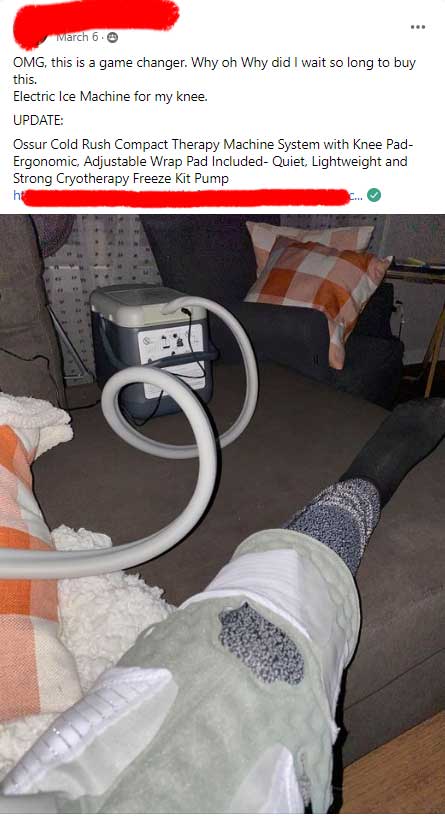


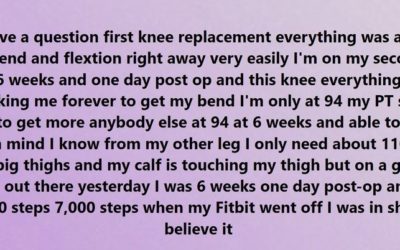
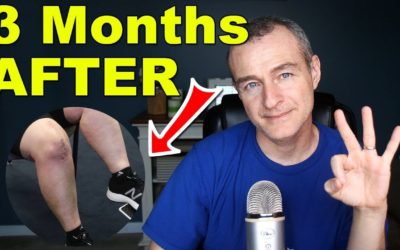
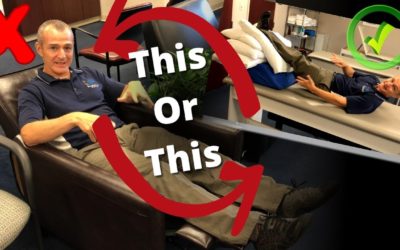
![Best Ankle Pumps Exercise [Video] 3 Tips After Total Knee Replacement Surgery](https://totaltherapysolutions.com/wp-content/uploads/2022/08/ankle-pumps-after-total-knee-replacement-surgery-2.jpg)
